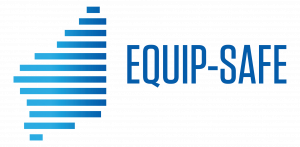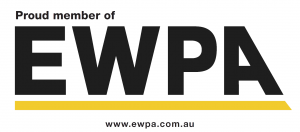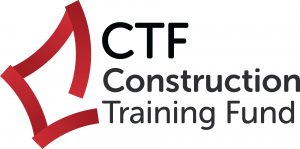- (08) 9358-5772
- admin@equipsafe.com.au
- Unit 1, 9-13 Kewdale Road, WELSHPOOL, Western Australia 6106
- Connect on Facebook
The CTF provides funding support for training of eligible workers in the construction industry. We acknowledge the support of the CTF in reducing the costs of training for eligible workers
SEND AN ENQUIRY
Copyright © 2018. All Rights Reserved



